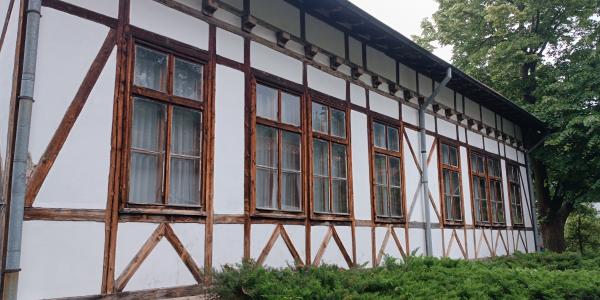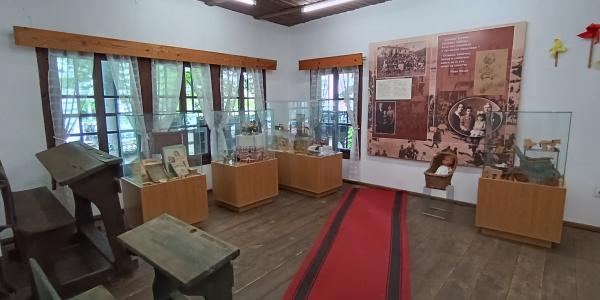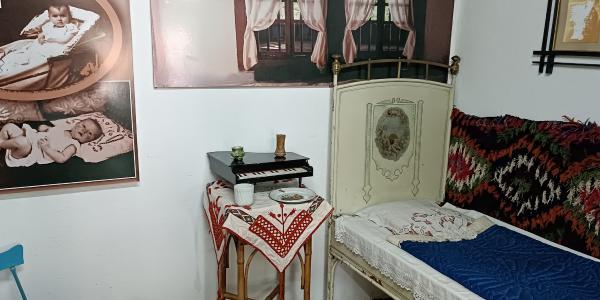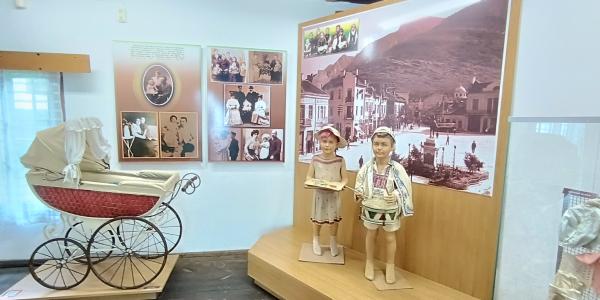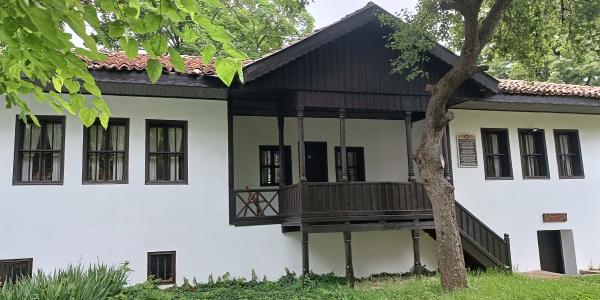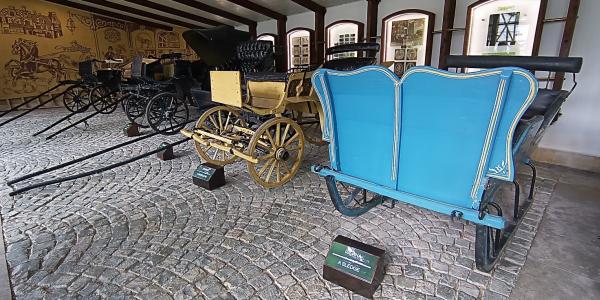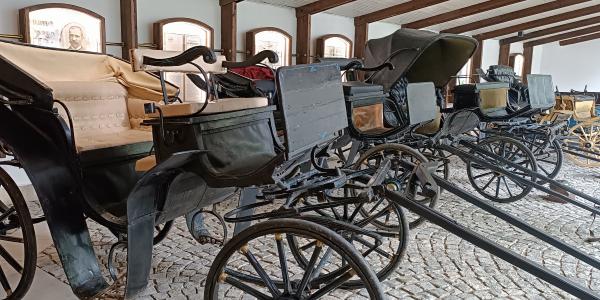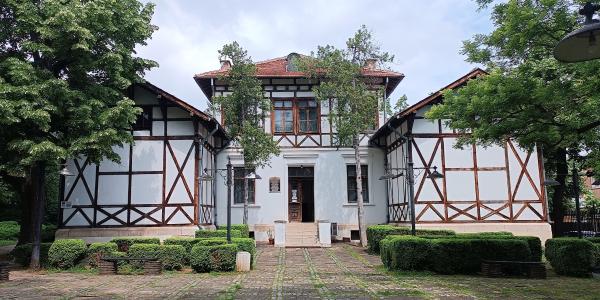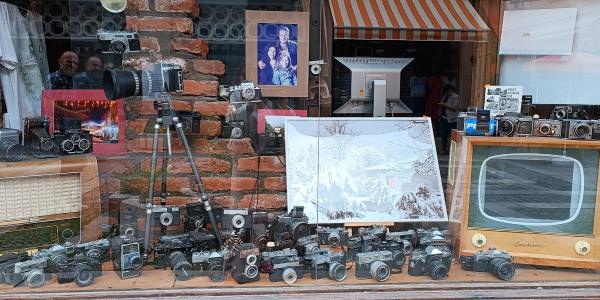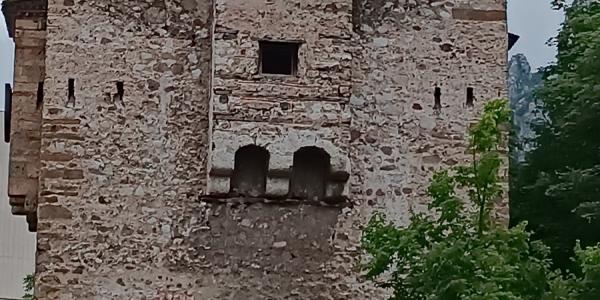
House of Ivan Zambin
Ivan Zambin is a descendant of a noble family from Vratsa. He was very educated for his time, and fluent in Greek, Turkish, Wallachian, and Russian languages. The house was not found in this place but was restored according to an old photograph, therefore it does not present its interior, but 3 crafts characteristic of the Vratsa region are shown.
During the Renaissance, a goldsmith's school was established in Vraca, which is a natural continuation of the goldsmith's art of the Thracians. Shopkeepers and workers at the goldsmith's bazaar were located around St. Ascension and Domus market, in and around today's Trgovska street. Master goldsmiths made their products mainly from silver, and some were also gold-plated.
Beekeeping and sericulture are additional traditional livelihoods specific to the Vratsa region. It began to develop around 1750, with strong development noted around 1840. In one room they present the old silk production. In other hall is a modern technique and technology for rearing silkworms.
The Vračan region is famous for its vineyards and wine production. In the cellar, equipment and traditional equipment for processing and harvesting grapes and wine production are presented.
The favorable natural and climatic conditions in the Vratsa region have been a prerequisite for the development of viticulture and winemaking since ancient times. Viticulture occupied a major share in the livelihood of the local population until the end of the 19th and the beginning of the 20th century. In 1893 and 1894, in Montpellier (France) and in Sadovo, an analysis of Vratsa wines was made, proving that in terms of quality, smell, and bouquet, they are not inferior to Rhine wines.
Facilities:
Museum house, garden, wine cellar musuem
Services:
Permanent ethnographic exhibition
